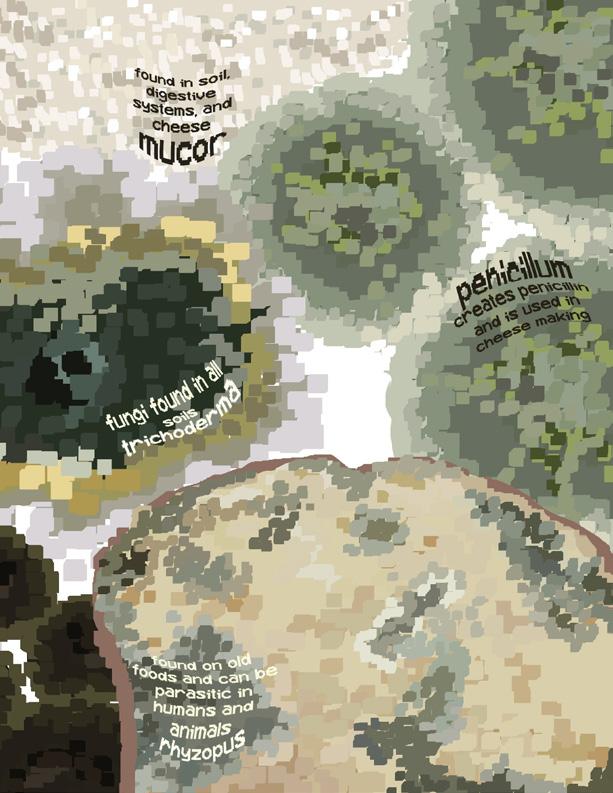

How to Know The Ferns or A Field Guide to Living in a Changing World
Field Notes by artists enrollend in a Art & Ecology studio course at the University of Oregon in the Spring of 2023

Index of Notes
(order of artists presented)
Virginia Boutwell
Kelly Chik
Aiko Gaudreault
Ingrid Heidemann
Ben Jahn
Michelle Lee
Lindy McCool
Kylie Mull
Addison Nuttbrock
Hasan Mosadi
Jesse Ross
Hana Taylor
Zoe Turnbull
Betsy Woodward
Helena Gallivan
Stella Pryor



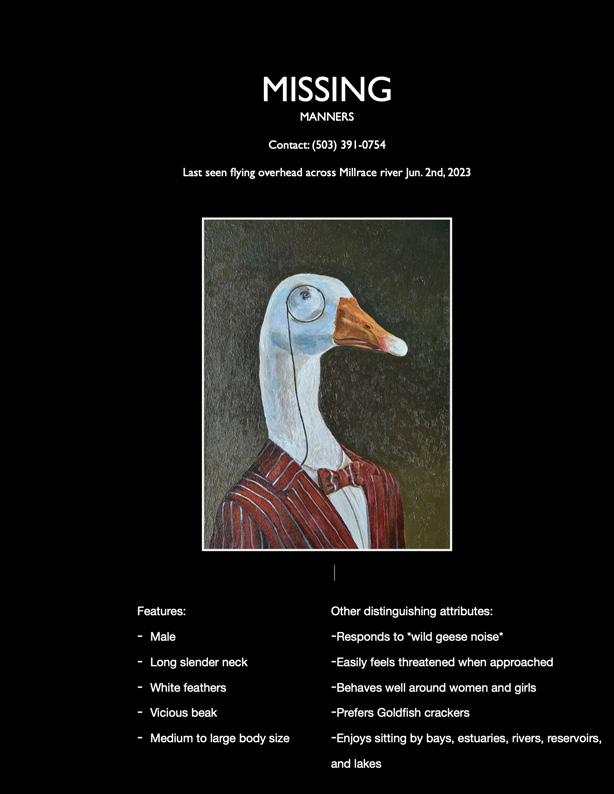
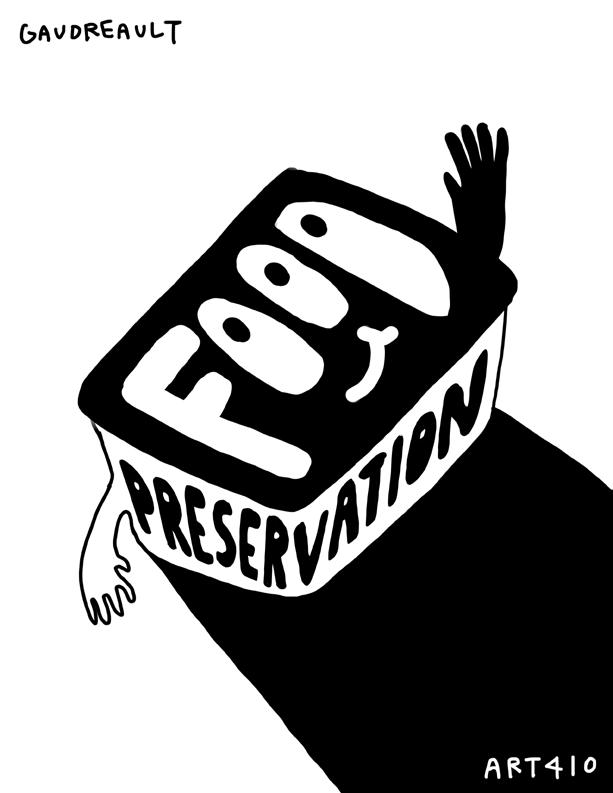


 Jahn: other city, bitter orange
Jahn: other city, bitter orange
On Memorial day (May 29th 2023), I took my second (of three) visits to the Eugene Pioneer Graveyard, a cemetery created in the 19th century for pioneers and veterans by the International Order of Oddfellows I was there to take a series of field recordings from different times and positions in order to develop a multi-aspected sonic image of the space as a demonstration / exploration of Foucault’s notion of the cemetery as a kind of heterotopia. At the service, a Sergeant / Cadet delivered a speech about her deployments in Korea and Afghanistan, flooding the site with imagery from a combat landing in Jalalabad The pioneer cemetery was vitalized, for me, with a specific, nationalist tone which was punctuated by a subsequent bagpipe rendition of Amazing Grace and a ceremonial firing of muskets This felt violent. The graveyard is also a destination for college students to come and smoke at night, somehow a deviant behavior congruent with the graveyard as a structure (when it’s not a monument to US soldiers)
Foucault contends, in articulating the six principles of heterotopias, that the graveyard exemplifies the ability of a heterotopia’s given function to evolve “according to the synchrony of the culture in which it occurs” (5) He proceeds to articulate the cultural history of the Western graveyard, as it was relegated to the margins of the city alongside the paradox of ‘death-as-disease’ and death as an increasingly secular fascination. He concludes, underlining a sociocultural evolution of the 19th century, that “cemeteries then came to constitute, no longer the sacred and immortal heart of the city, but the other city, where each family possesses its dark resting place” (6) (my emphasis) The fourth principle outlines the link between certain heterotopias and “slices of time” (or, hilariously, heterochronies). Again, the graveyard proves exemplary because of the “strange heterochrony” associated with death and recognition of death-as-other “her permanent lot is dissolution and disappearance” (6)
Foucault suggests two broad classifications of heterotopia congruent with linear temporality with the former being precariously and increasingly erased or distorted by the latter The first are Crisis heterotopias: “privileged or sacred or forbidden places, reserved for individuals who are, in relation to society and to the human environment in which they live, in a state of crisis: adolescents, menstruating women, pregnant women, the elderly, etc. In our society, these crisis heterotopias are disappearing, though a few remnants can still be found ” (4) The second, replacement sites are deviation heterotopias: “those in which individuals whose behavior is deviant in relation to the required mean or norm are placed. Cases of this are rest home and psychiatric hospitals, and of course prisons, and one should perhaps add retirement homes that are, as it were, on the borderline between the heterotopia of crisis and the heterotopia of deviation since, after all, old age is a crisis, but is also a deviation since our society where leisure is the rule, idleness is a sort of deviation ” (5)
The historical attitudes which render the heterotopic character of graveyards for Foucault exemplify, to my reading, both classifications while, contemporarily, not being totally reducible to the genealogies they evoke The deviation of the graveyard is a direct response to (or directly provoked by) the conditions of crisis which constitute the “set of relations” which generate a generalized socio-historical conception of the site, yet this relationship cannot be accrued to a strict, linear historicity because the deviation is incapable of distorting or erasing the crisis in fact, these two conditions are not opposed to one another at all. If one must characterize the contemporary moment in a curious site like the graveyard, it could be done by referencing the network of behavior within the site as a kind of microcosm for the deviant crisis of the mourning, the mourning-for-something-else, and the dead To this end, I was struck by the cultural, physical, environmental phenomenon of the Pioneer Graveyard as it morphed, in the contemporary moment, into Jalalabad, animated through a patriotic anecdote, and the Other City, the resting one which welcomes its fundamental crisis with deviance, mourning and smoking My own deviations (my response to crises) are a short video piece from composite footage of the graveyard the night of Memorial day entitled Narenj (‘bitter orange’ in Farsi), three piles of rocks outright stolen from the site, & a three piece audio composition recorded from three different excursions to the cemetery
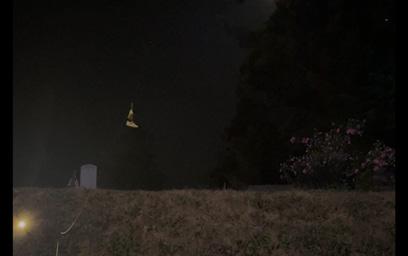

Backyard field guide to Gingko Tree
Ginkgo trees are prized for their tough, hardy natures; a common street tree, it will develop beautiful gold color in autumn and then suddenly drop all its fan-shaped leaves on one day (thanks to a quirk in the manner in which its leaf stems develop)
General information: Ginkgo trees (Ginkgo biloba) are hardy, long-lived trees with distinctive fan-shaped foliage that turns a brilliant yellow in autumn before performing a party trick: ginkgo's leaves drop en masse on a single day Slow to grow but grand in size at maturity, ginkgo trees are best treated as focal points in a landscape When it is autumn, their leaves gradually turn yellow and leave
Species:G. biloba
Type: Deciduous tree
Oldest on record: 1,000+ years
USDA zones: 3-9
Light: Sun or Light Shade
Crown: varies by age
Reproduction: Ginkgo biloba is dioecious, with separate sexes, some trees being female and others being male
Leaves: Gingko Trees are unique as they are fan shaped with veins radiating out into the leaf blade, sometimes bifurcating (splitting), but never anastomosing to form a network
Growth: Gingko trees grow best in environment that are well watered and well drained
Interesting fact: These trees are the last living species in the order Ginkgoales, which first appeared over 290 million years ago It is a living Fossil


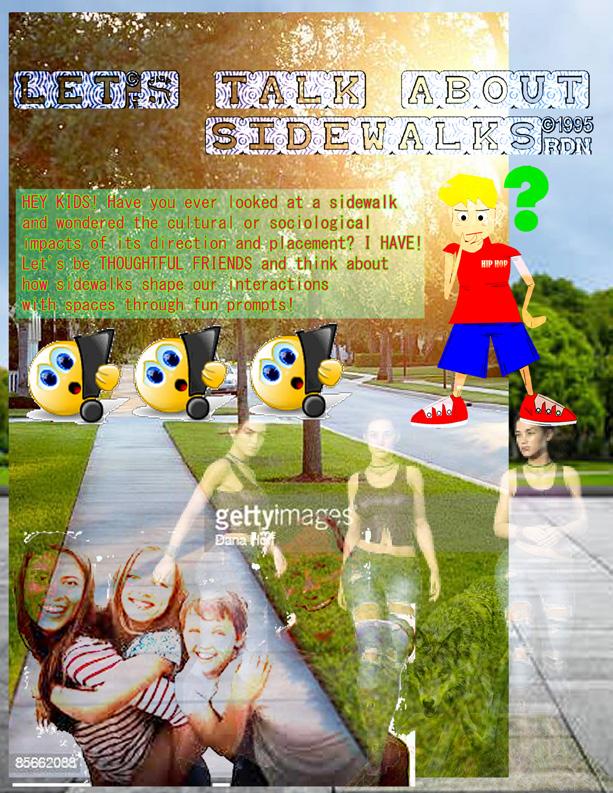





➢ T The Po nderos a pin e is the mos t wi d ely dis tribu ted pin e specie s i n North A meric a!
➢ I It’s a n ex tre mely large co niferous p i ne spe cies i ndige nous to the mounta inous regio ns i n w es tern North Am erica.
➢ O ne of the South wes ts tall est tress i n m a ny p ar ts of it s ra nge, ov er 200 f eet!
➢ T They te nd to s mell like bu tt ersco tch or v anill a. Which is caused b y a che mic al in th e sap war med b y the sun.
➢ T They gro w a t a bout 13 -2 4” per year (a bout m ediu m rate of grow th)
➢ E Extr emely deep -ro oted s ystem and t aproot maki ng i t a wide -spreadi ng tr ee.
➢ V Very i mport ant for wildlife bec ause they produce s eeds co nsu med b y m any a ni mal s, especially birds!










